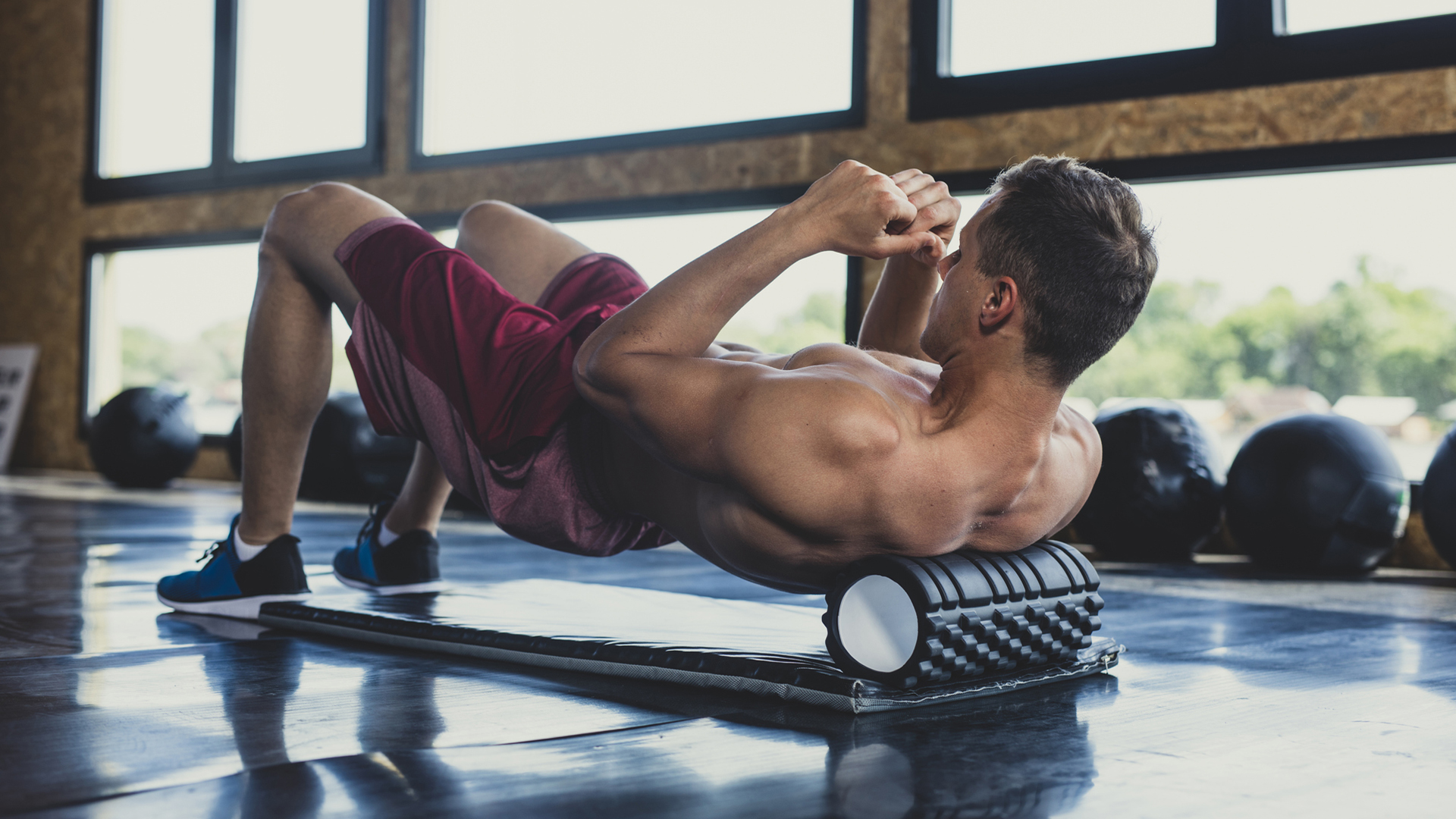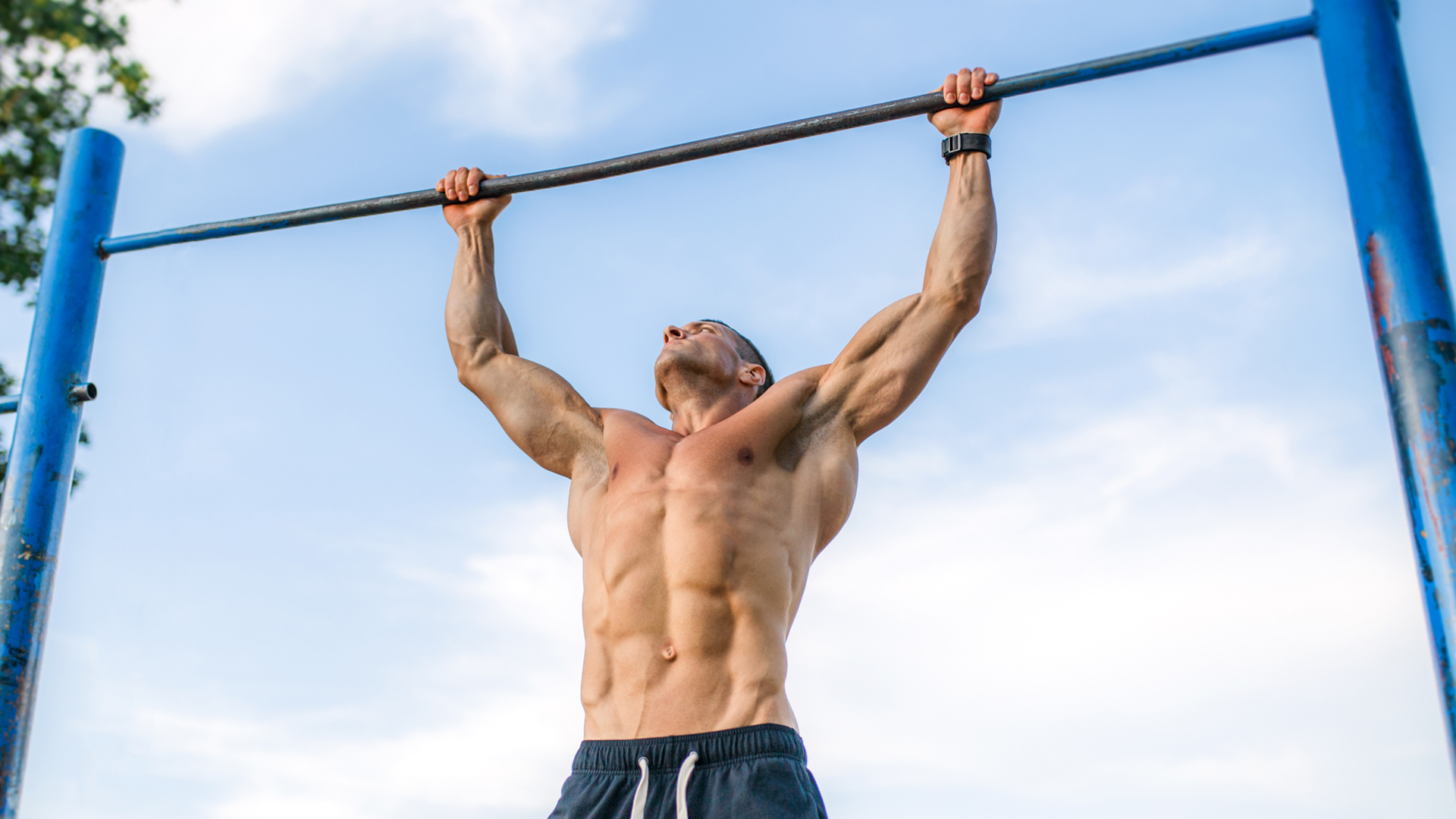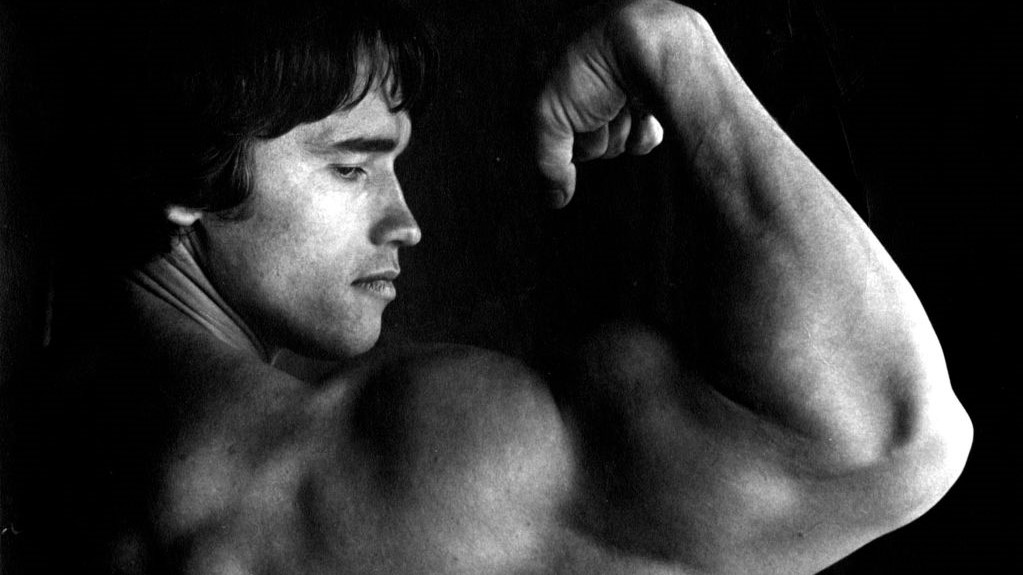

Finding the right workout intensity and following a proper diet plan is key to achieving any fitness goal, whether it's building muscle or losing belly fat. Sadly, we seldom discuss recovery which also plays a major part in how soon you'll see results from any workout plan. Luckily, by using these little known recovery tips, you can train more often and recuperate faster from your workouts.
The person handing out free recovery advice is Nic Bartolotta, MPT, HHP, Chief Clinical Officer for ROM Products and maker of the Rolflex, a recovery tool that combines foam rollers with massage balls into a practical handheld device. And no, this article is not a shameless plug for Rolflex; Nic's advice is sound and can be used even if you haven't got a Rolflex.
Interested in recovery and massage techniques? T3 has loads of recovery content for you to peruse. Does massage help circulation? You have to read the article to find out! Here are 5 surprising benefits of massage guns (we'll cover these devices below) and the best way to give yourself a trigger point massage. How about this article on the 10 surprising benefits of foot massage? Number seven might surprise you (JK, all of them will).
1. Use a massage gun DURING workout can ramp your recovery
"The vibration from massage guns calms down the nervous system and helps calcium move out of your muscles, making the contracting of your muscle proteins stop almost immediately", Nic says, "So don't forget to put your Hyperice or Theragun into your gym bag." He recommends hitting your quads while they are still toasty and you'll be ready for your next set almost immediately.


2. Finish any lift with a solid eccentric rep (with a spotter)
"Eccentric reps can make you recover so quickly that you see up to a thirty per cent increase in strength on your next set!", Nic suggests. Eccentric reps lengthen the muscles; think the lowering phase of the bench press or the pull-up.
According to him, when the eccentric phase of an exercise is done with almost twice the weight after muscle fatigue has been achieved, it breaks apart adhesions that limit the muscles' ability to contract more fully. This process has an intense but immediate effect of boosting the connection of your brain to those previously restricted fibres making you able to lift close to 30% more weight on the next set.
This is a similar effect to what I experienced when I tried to set a new bench press PB. By using such a hefty weight, you trick your nervous system into thinking that's the weight you're going to be working with. Basically, you'll be able to lift more for a few reps until your brain catches up.
Get all the latest news, reviews, deals and buying guides on gorgeous tech, home and active products from the T3 experts
Needless to say, you'll need a spotter for these kinds of workouts; it's too dangerous to do this alone. A spotter is a person who can help you lift the weight off you if it gets heavy, which it will in this case.
As Nic explains, mega-heavy eccentric reps were a closely held secret of powerlifters during the era of Casey Viator and Arnold Schwarzenegger. This benefit of eccentrics is what led to the development of groundbreaking training equipment like the Nautilus and Keizer systems.
3. Use active stretching post-workout to limit DOMS
"Using passive stretching techniques before exercise is a common mistake", Nic suggests, "Passively lengthening a muscle to its end range and then going beyond that range of motion without the muscle being contracted is the best way to weaken or even injure the muscle."
The best time to release tension is after it has been pulled into the body. "It has been demonstrated that contracting a muscle while it's being stretched is the best way to keep the muscle at an appropriate length and use the muscle's own force to rid itself of any lingering chronic tension that remains in (a.k.a. DOMS)", he adds.

Matt Kollat is a journalist and content creator who works for T3.com and its magazine counterpart as an Active Editor. His areas of expertise include wearables, drones, fitness equipment, nutrition and outdoor gear. He joined T3 in 2019. His byline appears in several publications, including Techradar and Fit&Well, and more. Matt also collaborated with other content creators (e.g. Garage Gym Reviews) and judged many awards, such as the European Specialist Sports Nutrition Alliance's ESSNawards. When he isn't working out, running or cycling, you'll find him roaming the countryside and trying out new podcasting and content creation equipment.